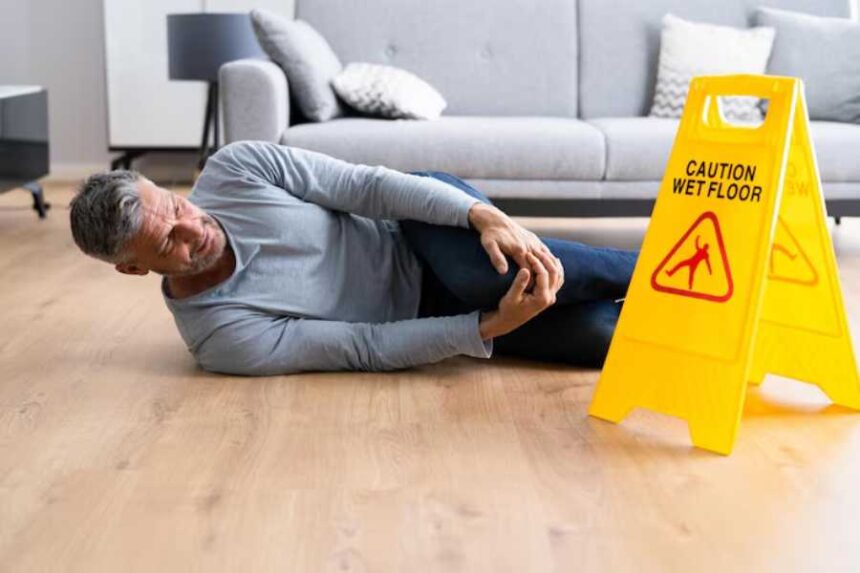Slip and fall injuries can happen anywhere, from grocery stores to office buildings or sidewalks. In some cases, individuals may face lasting consequences and severe injuries, requiring medical attention and, in certain cases, legal action to seek compensation.
Statistics show that slips and falls are the leading cause of accidental injuries requiring medical attention. If you have suffered harm in a slip and fall accident and can demonstrate that the property owner or manager was negligent, they could be held liable for your damages.
Continue reading to understand how proving liability is key to your potential claim in Connecticut.
Understanding Liability
Liability refers to the responsibility that one party has when their actions, or lack of action, result in harm to another person. For example, if a supermarket fails to attend to a spilled drink, and you inadvertently slip on the wet floor and fall, leading to a fracture or a soft tissue injury, they would be liable for your harm.
The concept of liability hinges on proving that the property owner or manager failed in their obligation to maintain a safe environment. There also needs to be proof that this failure directly resulted in harm. Seek the aid of attorney Russ Berkowitz of Berkowitz Hanna Malpractice & Injury Lawyers to get help in your case and know more about how liability is decided.
Liability vs. Negligence
Liability and negligence are closely related and may seem similar to the layperson. However, they are not quite identical: negligence can be defined as a type of behavior—a failure to act with reasonable care, resulting in harm to another party. For example, if a store owner ignores informing patrons of water on the floor and that causes someone to slip, that is negligence.
Negligence in and of itself does not necessarily constitute liability. Liability kicks in when such negligence leads to an actual injury that calls for the injured party’s compensation. Therefore, it’s proper to say that there can’t be liability without proving negligence.
Proving Liability in Personal Injury Cases
Establishing liability in personal injury cases, like those resulting from slip-and-fall incidents, involves presenting clear evidence that negligence occurred. This often entails gathering witness statements, CCTV footage, or photos showing the hazard that caused the fall.
You will also need to link directly how this negligence led to your injuries — something medical records and professional testimonies can help prove.
In essence, proving liability means painting a clear picture for the court that shows not only was there a breach of responsibility on behalf of the property owner but also that this direct oversight had tangible, harmful consequences on your well-being.
Steps to Take After a Slip and Fall Incident
The steps you take immediately following a slip and fall can greatly influence the outcome of a liability claim. First and foremost, seek medical attention to address injuries and secure medical records, which serve as crucial evidence. Secondly, ensure you report the incident promptly and to property management; this ensures an official event log. During the reporting, you want to ensure that it’s documented correctly and that you keep a copy of the report.
Gather and preserve any physical evidence or document conditions with photos or videos. If there were witnesses, get their contact information—they could provide valuable testimonies later. Lastly, avoid discussing the incident or your condition with the opposing side without legal advice; the statements you make with them could be used against you and could end up hurting your case.
Connecticut’s Comparative Negligence Approach
Connecticut follows a comparative negligence approach to negligence and liability, which can significantly influence your claim. Under this system, your compensation decreases proportionally to your degree of fault, with your right to compensation ending when your degree of fault exceeds 51 percent. In most cases, the defendant, through their lawyer, will try to pin some of the responsibility on you to diminish their liability.
As such, working with an experienced lawyer who understands how to counter these strategies and defend your right to full compensation is an absolute necessity.
Conclusion
Proving liability in a slip and fall case is essential to securing compensation for your injuries. With Connecticut’s comparative negligence system, even partial fault can impact your claim. Working with an experienced attorney ensures your rights are protected, evidence is properly presented, and you have the best chance of recovering fair damages.




